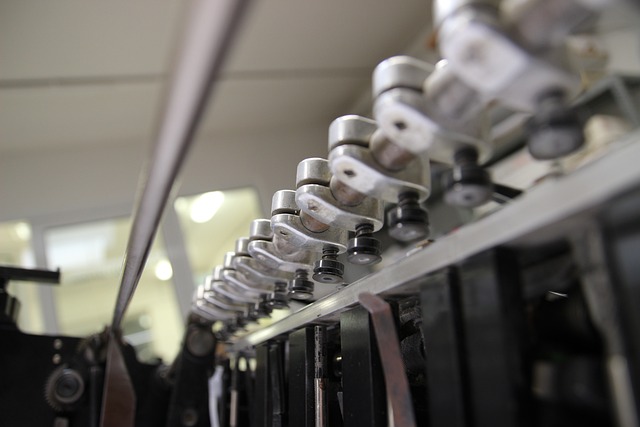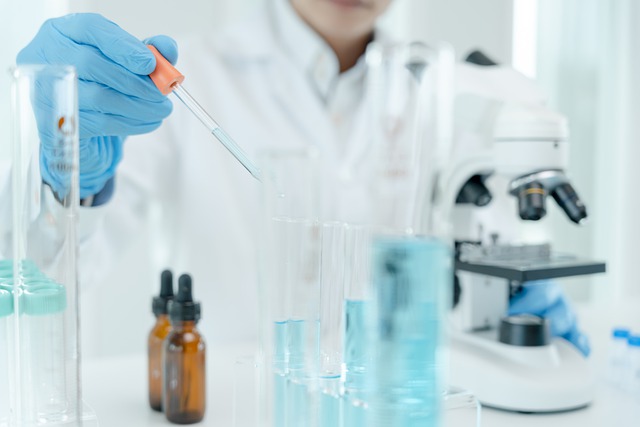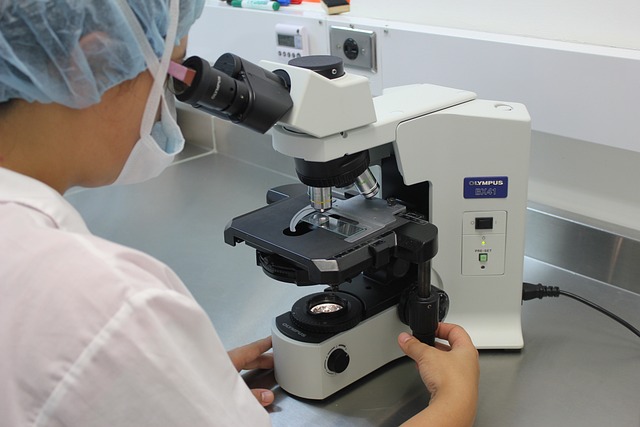With technology evolving quickly, it is not surprising that we are in a spiral of transition, making through daily changes. On the one hand, AIs like Chat GPT and GPT 4 are making a mark, and blockchain is encrypting at its best. On the other side, here are these future technologies that will make a difference. The ones mentioned below are currently under development, going through various laboratory experiments. Yet they are already making some big revelations. So continue with your reading task to better understand the situation ahead.
4D Printing

4D printing involves developing complex 3D structures that adapt to different forms or shapes under various environmental stimuli. Some researchers think of 4D printing as an extension of the 3D printing ability. The exclusive unique shape change capability involved in the process makes all the difference, a type of active origami. An object printed using 4D technology has those extra details, making it capable of changing shape or adhering to new situations. This also makes the material fit for self-repair and adequate environmental adaptivity.
Owing to the incredibility of the technology, researchers are always working towards implementing 4D printing technology in their works across biomedical and engineering fields. Especially they think of the particular right choice for cardiovascular implants. The 4D printing technology can be used to create adaptable and programmable prostheses. That facilitates the right typology for target tissue implantation.
Genomics

Genomics, or gene technology as it is known, is an interdisciplinary field of Biology focusing on manipulating and understanding genomes and DNAs in living organisms. The researchers try new experiments, editing the pre-existing genes to find alternatives and better variations of a pre-habituated system. The resolutions to queries that once seemed part of science fiction are now real, trying to help humans with a better life. All because of the advanced studies on Genomics.
If you are wondering about a proper application area of gene technology, then the production of vaccines can be a complete output with factual evidence. Also, in the future, researchers are working towards eradicating genetic diseases like cancer and aim to produce vaccines against the same.
Moreover, gene therapy sometimes includes inserting RNA or DNA into the cells as a precaution against diseases that are not treatable with medicines. This is only done for somatic cells, which cannot be passed from one person to another. Making alterations to human genes is banned as per rules and regulations.
Quantum Microscopy

The third in the list of future technologies that will make a difference is quantum microscopy. It integrates quantum technology into a conventional microscope. A quantum microscope can detangle the quantum phenomena, measuring the proportions of photons, electrons, and other particles at an atomic scale.
Other microscopes have laser or light to view transparent or semi-transparent materials. In the process, some of the matter does get destroyed, making it difficult for the researchers to analyze. A quantum microscope, on the other hand, offers a clear overview of the material under the lens.
Though powerful, the entire idea is still under process, and scientists are always working towards developing modernized versions of quantum computers that they can use for further research. Recently, researchers from the University of Melbourne and (SQC)/UNSW Sydney have developed a solid-state quantum microscope that can be used to analyze and monitor the wave functions of atomic qubits within silicon. Such innovations, on rounds, elaborate on how the world is moving towards a pathway of next-generation technologies.
Xenotransplantation

In general, we share the world with other living creatures, right? From the food chain to living habits, there are multiple ways that humans are dependent on other creatures living around them. Likewise, Xenotransplantation is just a step ahead, signifying the procedure of implementing, transplanting, and infusing humans with tissues, cells, or organs from an animal source. At present, Xenotransplantation is a rare case scenario. Part of future technologies that will make a difference. But the time ahead shows adequate potential for the topic to revolutionize the entire mode of surgery.
Till now, there have been two reported cases of Xenotransplantation, where the procedure involved inserting a pig’s heart into that of a human. One lived only a few months out of the two patients, and the other is under observation.
This type of surgery is a risky thing so far. One cannot straightaway put a pig’s heart into a human. Certain genes are first disqualified from the pig’s heart and replaced with human genes related to immunity and excess heart tissue growth prevention.
So that is all listing out the future technologies that will make a difference. The ones mentioned here are still in their early stage, and only time can reveal the best part of them.



